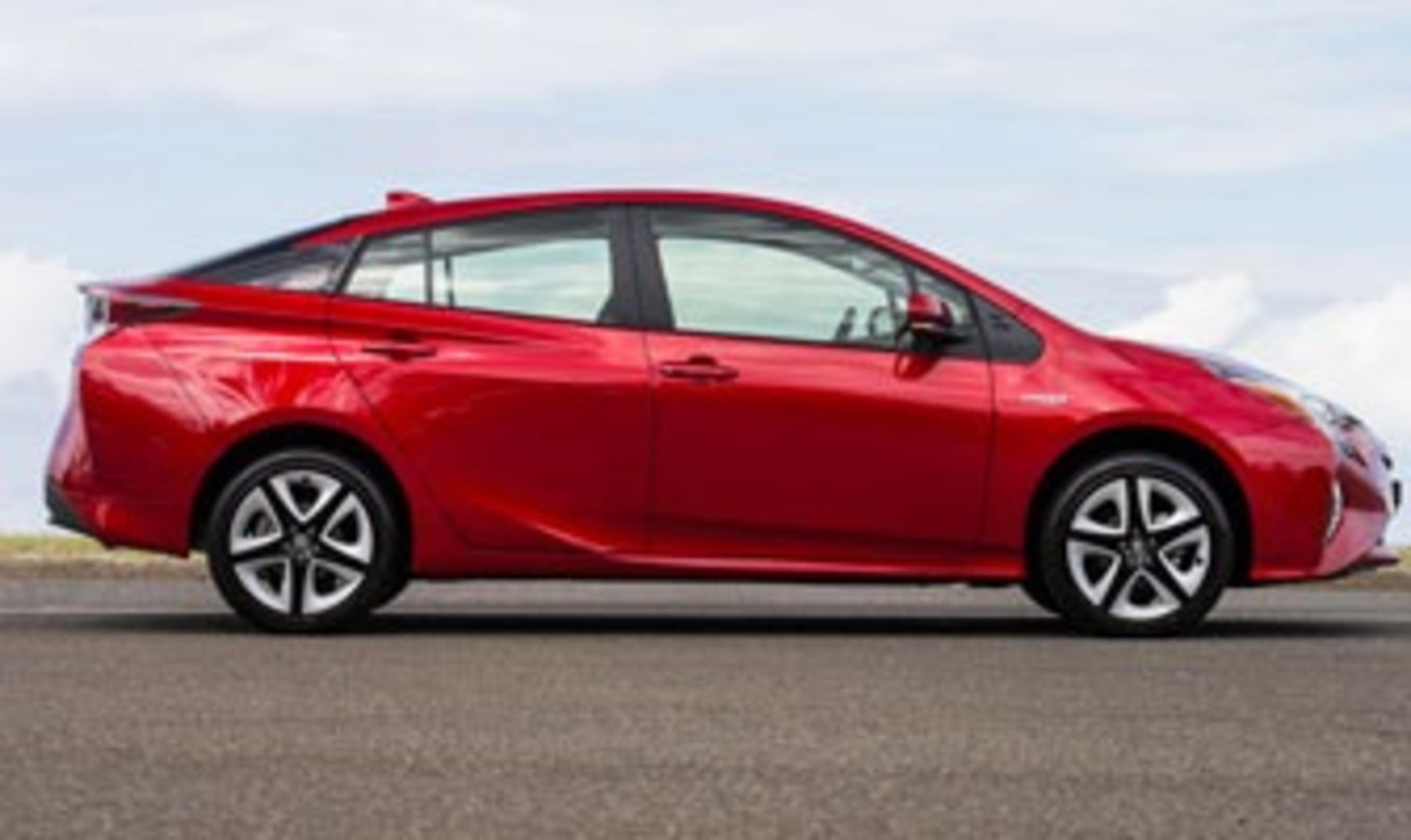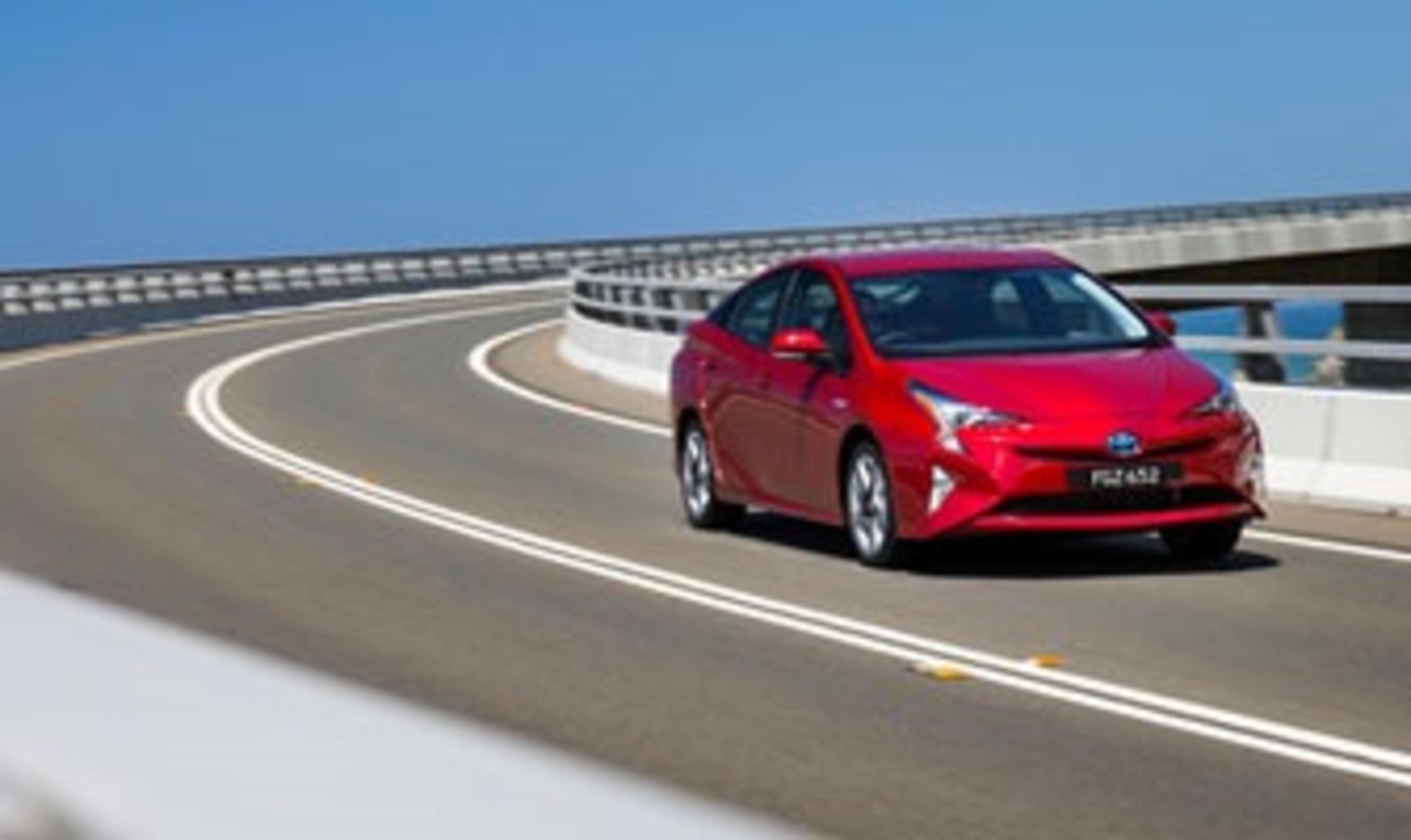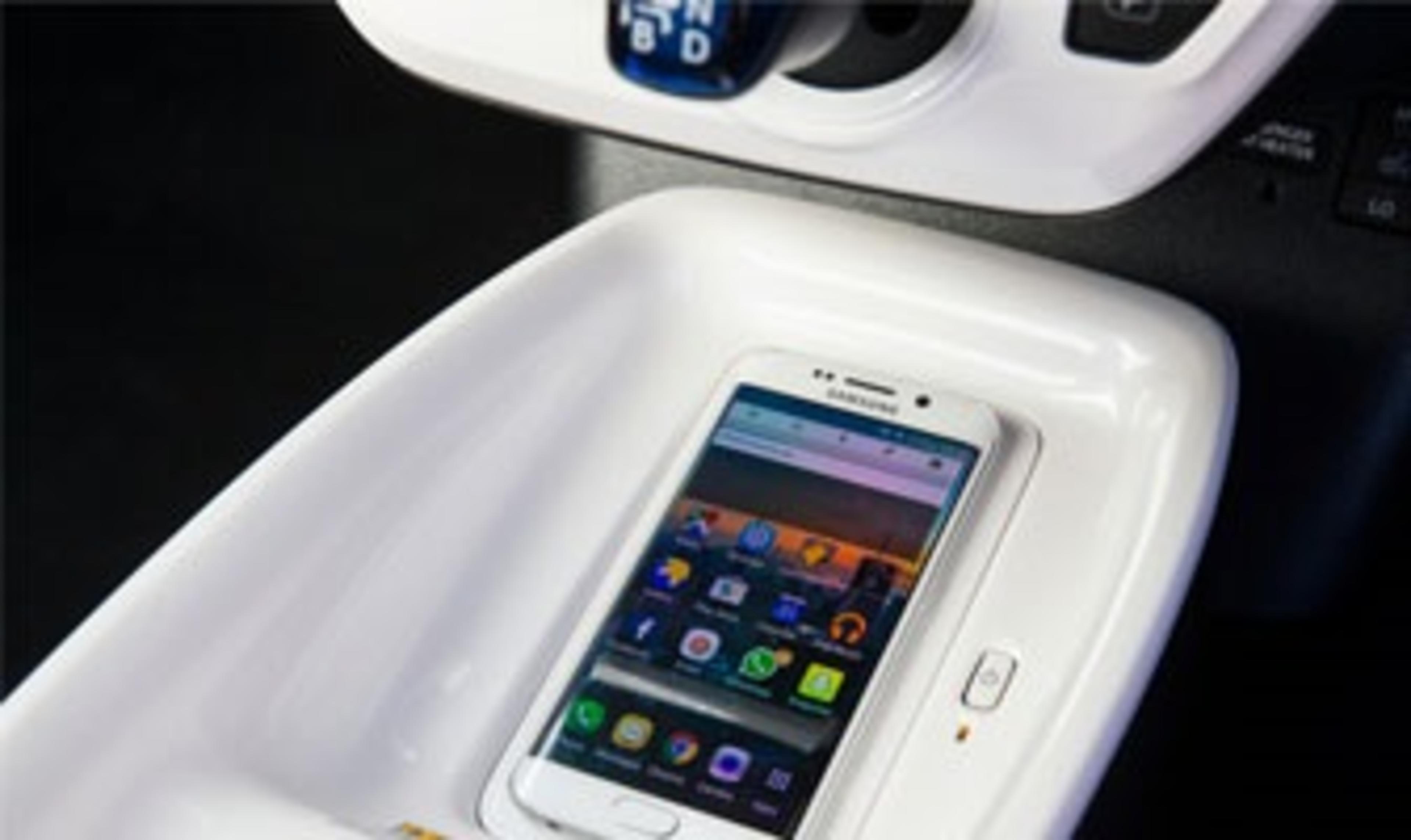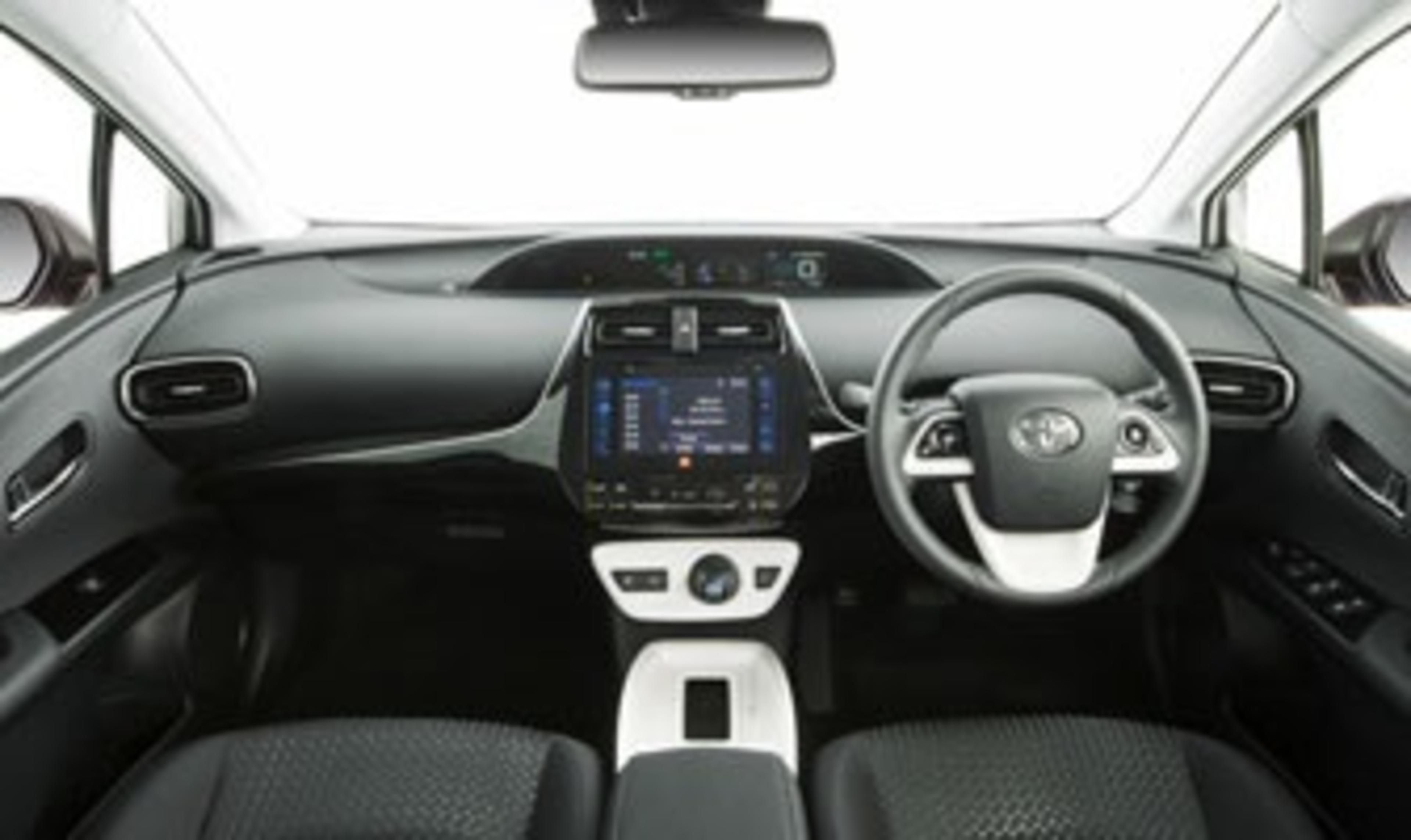
Review | 2016+ Prius
Posted in Toyota Vehicle Reviews
Review | 2016+ Prius
The Toyota Prius is the defining name in affordable, reliable hybrid technology. With a new model out, is it still easy being green?
It’s hard to believe that the Prius has been around for nearly twenty years. Released in Japan in 1997, and brought to Australia shortly after the new millennium; the Prius represented a ‘futuristic’ car that challenged traditional motoring by offering a solution to people who wanted a vehicle that helped the planet rather than adding more pollution; that was engineered to go beyond conventional daily driving duties and make a statement about a driver’s impact on the environment.
It seems pretty standard nowadays, but the Prius did arrive at a time when petrol was still relatively cheap, so making an ‘environmentally conscious’ decision about your car was really not a mainstream option for most buyers.
Initial Impression
The Prius has always been an odd duck car: halfway between a normal liftback sedan and futuristic teardrop. The new model doesn’t shy away from its traditionally unconventional looks, although with other cars on the market heading towards more aerodynamic look, it doesn’t stand out as much as it did in previous generations.

Inside, Toyota continues to create a cabin that boosts the Prius’ tech specs, with a centre console and dash-mounted LCD screen displaying not only your car’s vitals (speed, fuel, warning lights) but also the drivetrain of the vehicle, where the power for your drive is coming from (either the battery, engine or a combination of the two.)
Maintaining the challenge to traditional design themes, the Prius continues to use the joystick-style gearshift, mounted facing out on the centre console and complete with a button to keep the car in park, and a foot-operated parking brake – common to Toyota’s, but if you’re stepping into a Prius from a more conventional car, it changes your process of getting in to start up the car.
Driveability

Normally, carmakers are a special kind of engineer: they will build their car based it’s power figures; the potency of the engine and how the suspension and drivetrain components create a driving experience that is engaging, spirited – but this usually comes with a penalty to the economy and frugality of the vehicle. Luxury carmakers can afford to make their vehicles feel, look and sound silky smooth thanks to customers willing to pay for the privilege.
As a mainstream brand, though, and by making efficiency a priority in the Prius, Toyota then had to make a car that had more under the ‘green’ skin, otherwise the appeal of the Prius range would be muted to people who aren’t particularly committed to being an eco-warrior.
Starting up the Prius is the now familiar sound of dead silence (you will get a beep from the car when it’s ready to take off,) and the low hum when the car is running off the electric motor at low speeds. Put your foot down to take off and the 1.8L petrol engine will kick in seamlessly, there’s no jolt when both engines are running, although you will start to hear the revs starting to spool up as you accelerate.
Handling is good, with the light steering at low speeds and nimble skills around corners and out on the road. At speed on the highway, the Prius feels solid and sleek at the same time, cutting up the lane thanks to the aerodynamic design and weighting the electric steering system to react quickly, but not feel flimsy.
Around town, the Prius excels – sitting in traffic is easy: not only can you feel satisfied that you’re (mostly) running on the electric motor, but the car again changes dynamics to a light city car. You can take advantage of a quick lane change to avoid a jam, or zip down a side street to find a park in the morning.
Thankfully engineers working in Japan car factories, and especially at Toyota, have learned to create cars that work within the practical constraints of what they can design and build, or source from existing Toyota architecture; as well as utilise their considerable knowledge base to innovate solutions to fine tune a vehicle that is already one of the most efficient cars on the road.
And despite the engine largely carrying over from the previous model (though with tweaks to further improve fuel economy), the Prius has successfully updated its formula without upsetting the apple cart; bringing in further benefits to the economy of the vehicle, without compromising on the basic architecture that makes the Prius more than just an environmental statement.
Liveability
If you like not going to the petrol station, as well as transporting up to four passengers in comfort, buy a Prius. If you want something that’s reasonably spirited, and make a statement to people seeing you, without cutting a cheque for a six-figure sum, get a Prius.
On the surface, it may seem like you need a degree in computer science to decipher the LCDS all firing on the Prius, but it’s really not that difficult. All of the screens (save for the multimedia system) are pointed towards telling you the economy of the car at any one time. Average fuel usage is nestled next to the digital speedometer, while the odometer can be swapped out to display ‘distance until empty’ rather than a standard distance travelled.

The multi information display can provide you with all sorts of stats about the Prius’ running, including Advanced Climate Control air conditioning, which provides you with an Eco-Score on how the air conditioning affects your cars performance and the resulting increase in the Prius’ emissions to power it. At the end of your drive, it will give you a score on how efficient your driving behaviour on a particular trip, and give you a tip on how to improve and save even more fuel.
Smart features abound in the Prius, with Active Cruise Control with Lane Departure Alert and the above-mentioned multi information display giving helpful driving tips. Cynics of previous models accused the centrally mounted dash of being a cheap shortcut, so that Toyota can mount the steering wheel for both left- and right-hand drive markets with minimal extra cost to manufacture another dashboard. To silence these critics, the Prius’ now comes with a heads-up display (HUD) that projects speed and ‘eco driving range’ onto the windscreen in front of the driver. There is also wireless charging for Qi-compatible smartphones, just place your smartphone onto the charging pad in the centre console and it will be able to get it's juice without any cords or wires running across the cabin.
Space is great, with enough room for three adults across the backseat and ample room up front for both driver and passenger. The boot is roomy enough to take the weekly shopping, and all the backpacks and gym bags that inevitably end up in the car.
Fuel economy is, predictably, a strong point of the Prius. Officially, Toyota says that the Prius will do 3.4L/100km on a combination of highway and city driving, and in the real world – you’ll find yourself pretty close to that number. Obviously driving conservatively, and following all the directions that the on-board wizardry gives you will bring it down to the official number, but the difference is often negligible – especially if you do a lot of stop-start driving around town, where the electric motor will be doing most of the heavy lifting – leaving the petrol tank alone. All Prius’ come standard with an EV Mode, which can rely on the electric motor alone at low speeds with zero emissions, as well as an Eco Mode that limits rapid acceleration and reconfigures the climate system to reduce emissions and cut fuel use.
The Prius’ also has safety on lock, with standard features including electronic braking, pre-collision safety system, stability and traction control – all backed up by seven airbags in case of an emergency. While not yet tested in its current form, the previous model received a 5-Star ANCAP safety rating, and this updated model is expected to better that result – although this should be treated as a rough guide until the new model is fully tested by ANCAP.
Cost

The Prius comes in two grades, the entry model Prius and the top of the range i-Tech. The Prius range starts from $34,990 and comes to $42,990 for the i-Tech. Prices are recommended retail, and exclude on-road costs. See Motorama Toyota for a driveaway price tailored to you.
The flagship justifies the jump in price with a bunch of equipment including bigger alloy wheels, leather accented interior, power adjustable driver’s seat, digital radio and sat nav and Blind Spot Monitoring with Rear Cross Traffic Alert added to the safety measures on the Prius.
Options are scant on the Prius range, you can choose your colour – Glacier White is the standard choice, with six other colours available for additional cost.
Toyota Service Advantage covers costs for the first six scheduled service appointments at $140 for every service, up to three years. Service is due every six months or 10,000km; whichever comes first.
Conclusion
With the price of petrol spiking, it’s now the new black to have a ‘green’ car. The Prius was ahead of the curve with its focus on fuel economy and eco-friendliness.
Nowadays, you’re just as likely to find a Prius parked next to a hybrid vehicle from another brand – or even from it’s own family, the city-sized Prius C and family-oriented Prius V were released to diversify the eco-friendly options available to buyers and sit along conventional options like the Camry Hybrid and soon-to-be-released Corolla Hybrid.
In all forms though, the Prius makes sense for car buyers who want to cut their fuel bill down, reduce their carbon footprint while having a car that’s not so out-there that it’s impractical.
See Motorama Toyota at Moorooka or Browns Plains to test the all-new Prius for yourself.